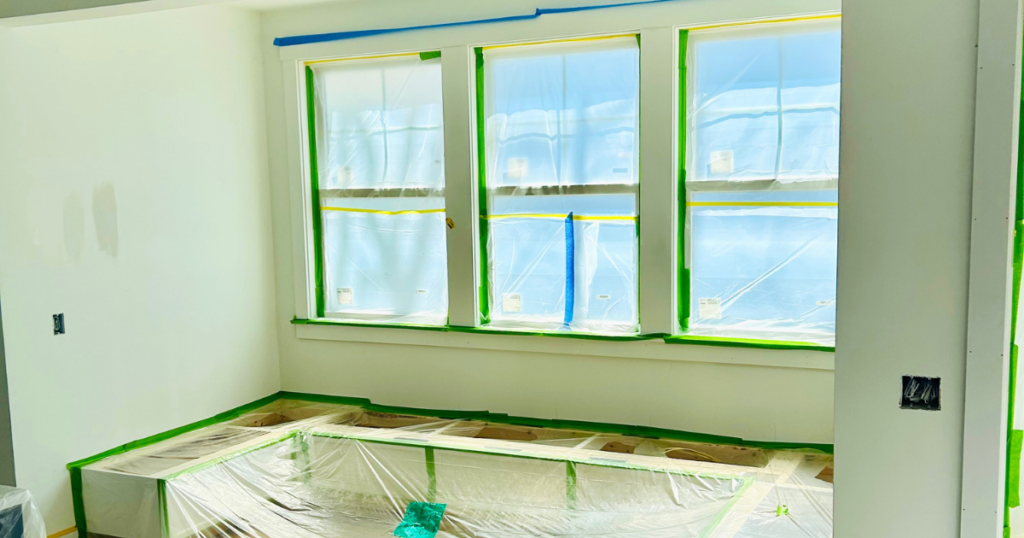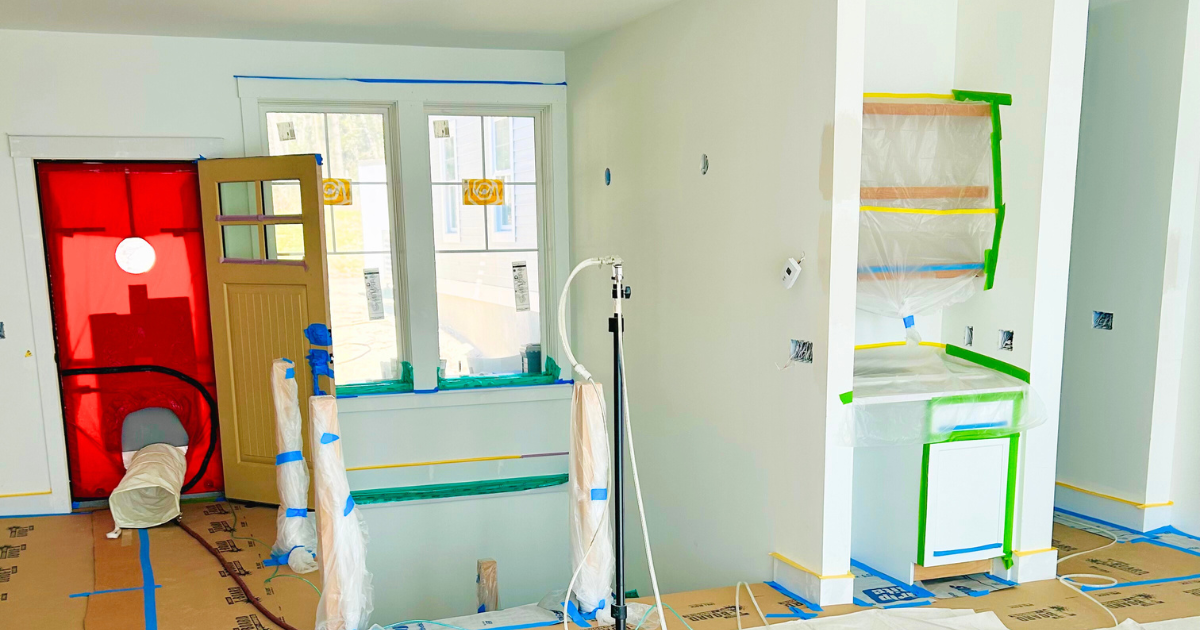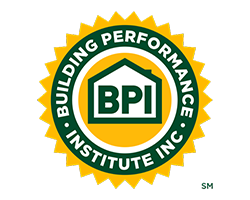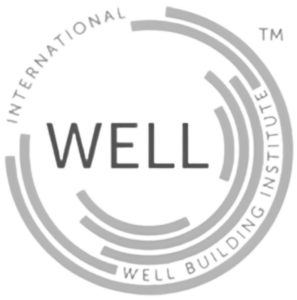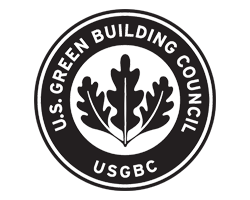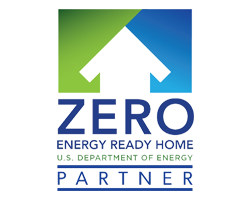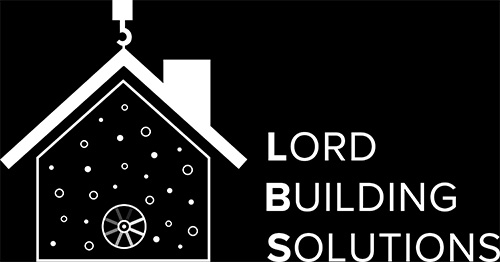Whether you’re laying out and forming up a foundation, hanging drywall, or installing AeroBarrier, the amount of thought and time dedicated to the physical preparation measures dictates the overall success of the process and the end-product.
If foundation forms are square, level, and plumb, but not braced properly, your pour is set up to be stressful at the very least, and a disaster at the very worst. If your hanging drywall in a three-story building, and all of your sheets are staged up on the first floor, your crew will be exhausted and your process incredibly inefficient. If you install AeroBarrier without properly masking windows and doors in advance, the homeowners will not be able to open a window let alone enter the building without a battering ram. Like most construction processes, an efficient and sound AeroBarrier installation relies heavily on the physical preparatory measures.
AeroBarrier prep can be defined by one word. Masking. Since we air seal buildings from the inside of the structure through pressurization and ejecting an atomized sealant into the air, we need to allow sealant to access leaky areas of the building all while blocking the sealant from going to areas that should not be sealed tight. So, what areas of a building should not be sealed?
Let’s start with the obvious. Windows and Doors. These building components need to be able to operate. In other words, open and close. Although the air tightness of windows and doors have improved drastically over the past few decades, the units themselves do indeed leak through the seams. Lord Building Solutions utilizes several different plastics and tapes to mask the seams depending on the type of window/door, but we do so in a way that allows the sealant to air seal around the window and door frames, a commonplace for leaks. This practice applies for all installs post rough in, post drywall, or in a fully finished space.
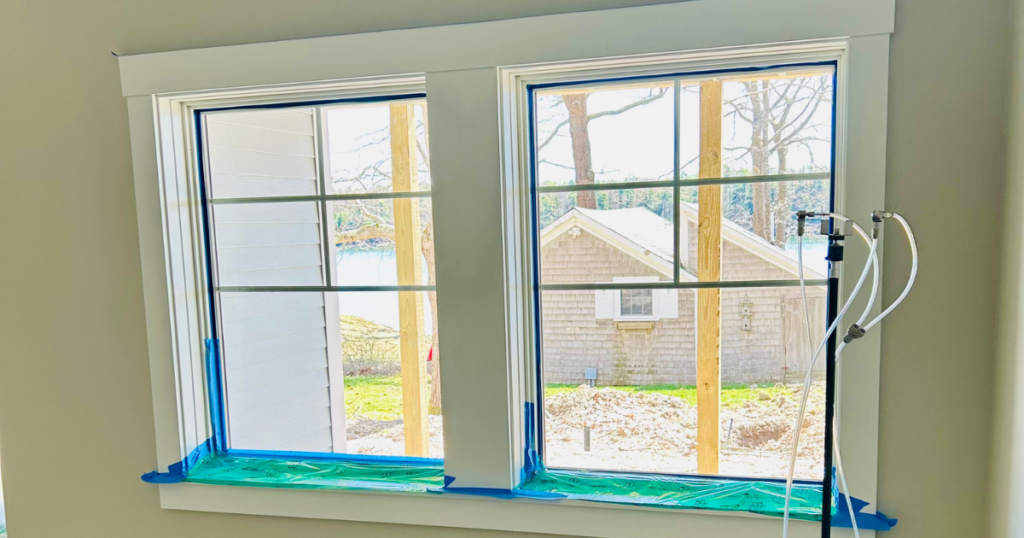
Next up, plumbing, HVAC, and electrical penetrations. Clogged pipes? Ducts coated in sealant? Receptacles that can’t receive a plug? Our masking measures ensure that these issues don’t present themselves. Similarly to windows and doors, our prep placement is thoughtful, enabling the sealant to fill all gaps and cracks around pipes, duct boots, and electrical boxes which stops air infiltration in these areas. If the space is finished, we tape drains instead of pipes, remove registers and grilles from the ducts in order to recess the masking, and remove outlet and switch plates so the sealant can access the perimeter of each electrical box.
When we install post rough-in or post drywall, the items listed above are the only items that we need to mask. We like it that way because our process is faster, generally taking a day or two, and the most cost effective for our clients. That being said, installs on finished spaces take masking to a whole ‘nother level.
Let’s take a step back and talk about gravity and physics. Luckily my understanding of how gravity affects our process is substantial. My understanding of the latter is about what you would expect from someone who got a C+ in high school physics, but that’s good enough to tell you what you need to know about what to mask and what not to mask.
Simply put, all finished horizontal surfaces need to be protected. This applies but is not limited to windowsills, finished floors, counter tops, vanities, and trim. Although most of the sealant is pushed to the gaps and cracks through pressurization with our blower door assembly, some of the AeroBarrier sealant will be taken by gravity to the horizontal surface below.

Where does the physics come into play? Vertical surfaces and ceilings are not affected in anyway. How is this so? Pressurization = the perfect environment. Sealant Formula + Air Pressure = the perfect atom. Even in the foggiest of fully finished rooms, walls and ceilings are not sticky or coated with any substance after our installation. This characteristic of AeroBarrier is mind bending. It just doesn’t seem to make sense. But like I always say, it’s just physics, figured by physicists and engineers who are much smarter than me.
Other than demonstrating a comprehensive understanding of building science and competency with the air sealing equipment, my job as a Licensed AeroBarrier Dealer is to know it’s all about the prep!
